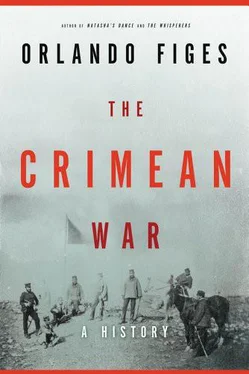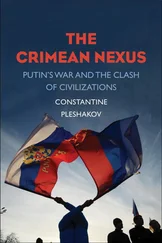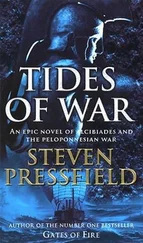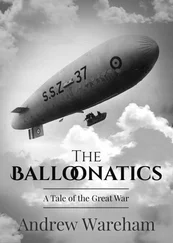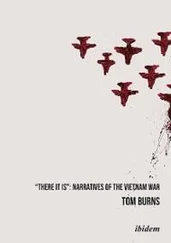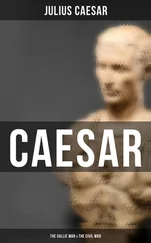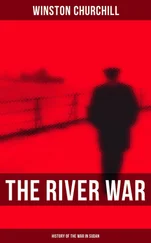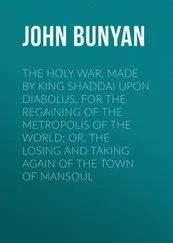Ottoman forbearance broke four years later, in 1787, shortly after Catherine’s provocative procession through her newly conquered Black Sea coastal towns, which came just as the Turks were facing further losses to the Russians in the Caucasus. [2] The Russians were steadily extending their system of fortresses along the Terek river (the ‘Caucasus Line’) and using their newly won protectorate over the Orthodox Georgian kingdom of Kartli-Kacheti to build up a base of operations against the Ottomans, occupying Tbilisi and laying the foundations for the Georgian Military Highway to link Russia to the southern Caucasus.
Hopeful of a Prussian alliance, the pro-war party at the Porte prevailed, and the Ottomans declared war on Russia, which was then supported by its ally Austria with its own declaration of war against Turkey. At first the Ottomans had some success. On the Danube front, they pushed back the Austrian forces into the Banat. But military help from Prussia never came, and after a long siege the Turks lost their strategic fortress at Ochakov to the Russians, followed by Belgrade and the Danubian principalities to an Austrian counter-offensive, before the Russians took the important Turkish forts in the Danube estuary. The Turks were forced to sue for peace. By the Treaty of Iaşi, in 1792, they regained a nominal control of the Danubian principalities, but ceded the area of Ochakov to Russia, thereby making the Dniester river the new Russo-Turkish boundary. They also declared their formal recognition of the Russian annexation of the Crimea. But in reality they never fully accepted its loss and waited for revenge.
In Russia’s religious war against its Muslim neighbours, the Islamic cultures of the Black Sea area were regarded as a particular danger. Russia’s rulers were afraid of an Islamic axis, a broad coalition of Muslim peoples under Turkish leadership, threatening Russia’s southern borderlands, where the Muslim population was increasing fast, partly as a result of high birth rates, and partly from conversions to Islam by nomadic tribes. It was to consolidate imperial control in these unsettled borderlands that the Russians launched a new part of their southern strategy in the early decades of the nineteenth century: clearing Muslim populations and encouraging Christian settlers to colonize the newly conquered lands.
Bessarabia was conquered by the Russians during the war against Turkey in 1806–12. It was formally ceded by the Turks to Russia through the Treaty of Bucharest in 1812, which also placed the Danubian principalities under the joint sovereignty of Russia and the Ottoman Empire. The new tsarist rulers of Bessarabia expelled the Muslim population, sending thousands of Tatar farmers as prisoners of war to Russia. They resettled the fertile plains of Bessarabia with Moldavians, Wallachians, Bulgarians, Ruthenians and Greeks attracted to the area by tax breaks, exemptions from military service, and by loans to skilled craftsmen from the Russian government. Under pressure to populate the area, which brought Russia to within a few kilometres of the Danube, the local tsarist authorities even turned a blind eye to the runaway Ukrainian and Russian serfs, who arrived in growing numbers in Bessarabia after 1812. There was an active programme of church-building, while the establishment of an eparchy in Kishinev locked the local Church leaders into the Russian (as opposed to the Greek) Orthodox Church. 19
The Russian conquest of the Caucasus, too, was part of this crusade. To a large extent, it was conceived as a religious war against the Muslim mountain tribes, the Chechens, Ingush, Circassians and Daghestanis, and for the Christianization of the Caucasus. The Muslim tribes were mainly Sunni, fiercely independent of political control by any secular power but aligned by religion to the Ottoman sultan in his capacity as ‘supreme caliph of Islamic law’. Under the command of General Alexander Ermolov, appointed as governor of Georgia in 1816, the Russians fought a savage war of terror, raiding villages, burning houses, destroying crops and clearing the forests, in a vain attempt to subjugate the mountain tribes. The murderous campaign gave rise to an organized resistance movement by the tribes, which soon assumed a religious character of its own.
The main religious influence, known as Muridism, came from the Naqshbandiya (Sufi) sect, which began to flourish in Daghestan in the 1810s and spread from there to Chechnya, where preachers organized the resistance as a jihad (holy war) led by the Imam Ghazi Muhammad, in defence of shariah law and the purity of Islamic faith. Muridism was a powerful mixture of holy and social war against the infidel Russians and the princes who supported them. It brought a new unity to the mountain tribes, previously divided by blood-feuds and vendettas, enabling the imam to introduce taxes and universal military service. The imam’s rule was enforced through the murids (religious disciples), who provided local officials and judges in the rebel villages.
The more religious the resistance grew, the more the Russian invasion’s religious character intensified. The Christianization of the Caucasus became one of the primary goals, as the Russians rejected any compromise with the rebel movement’s Muslim leadership. ‘A complete rapprochement between them and us can be expected only when the Cross is set up on the mountains and in the valleys, and when churches of Christ the Saviour have replaced the mosques,’ declared an official Russian document. ‘Until then, force of arms is the true bastion of our rule in the Caucasus.’ The Russians destroyed mosques and imposed restrictions on Muslim practices – the greatest outcry being caused by the prohibition of the pilgrimage to Mecca and Medina. In many areas, the destruction of Muslim settlements was connected to a Russian policy of what today would be known as ‘ethnic cleansing’, the forced resettlement of mountain tribes and the reallocation of their land to Christian settlers. In the Kuban and the northern Caucasus, Muslim tribes were replaced by Slavic settlers, mainly Russian or Ukrainian peasants and Cossacks. In parts of the southern Caucasus, the Christian Georgians and Armenians sided with the Russian invasion and took a share of the spoils. During the conquest of the Ganja khanate (Elizavetopol), for example, Georgians joined the invading Russian army as auxiliaries; they were then encouraged by the Russians to move into the occupied territory and take over lands abandoned by the Muslims after a campaign of religious persecution had encouraged them to move away. The province of Erivan, which roughly corresponds to modern Armenia, had a largely Turkish-Muslim population until the Russo-Turkish war of 1828–9, during which the Russians expelled around 26,000 Muslims from the area. Over the next decade they moved in almost twice that number of Armenians. 20
But it was in the Crimea that the religious character of Russia’s southern conquests was most clear. The Crimea has a long and complex religious history. For the Russians, it was a sacred place. According to their chronicles, it was in Khersonesos, the ancient Greek colonial city on the south-western coast of the Crimea, just outside modern Sevastopol, that Vladimir, the Grand Prince of Kiev, was baptized in 988, thereby bringing Christianity to Kievan Rus’. But it was also home to Scythians, Romans, Greeks, Goths, Genoese, Jews, Armenians, Mongols and Tatars. Located on a deep historical fault-line separating Christendom from the Muslim world of the Ottomans and the Turkic-speaking tribes, the Crimea was continuously in contention, the site of many wars. Religious shrines and buildings in the Crimea themselves became battlefields of faith, as each new wave of settlement claimed them as their own. In the coastal town of Sudak, for example, there is a St Matthew church. It was originally built as a mosque, but subsequently destroyed and rebuilt by the Greeks as an Orthodox church. It was later converted into a Catholic church by the Genoese, who came to the Crimea in the thirteenth century, and then turned back into a mosque by the Ottomans. It remained a mosque until the Russian annexation, when it was reconverted into an Orthodox church. 21
Читать дальше
